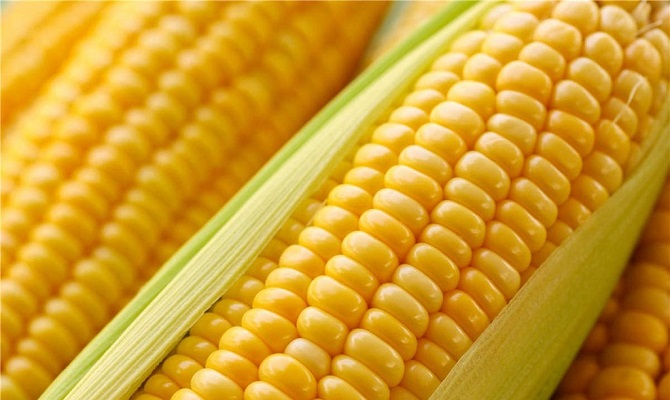Beautiful Plants For Your Interior

In the world of food science, various ingredients play a crucial role in enhancing taste, texture, and functionality. One such ingredient that has gained immense popularity in recent years is maltodextrin. Derived from starch, maltodextrin is a versatile carbohydrate that offers a wide range of properties and functions in the food industry. This blog post will delve into the properties, functions, and applications of maltodextrin, shedding light on its role as a valuable ingredient in the culinary world.
Properties of Maltodextrin:
Maltodextrin is a polysaccharide composed of glucose units. Its unique properties make it a valuable ingredient for food manufacturers. The key properties of maltodextrin include:
Solubility: Maltodextrin is highly soluble in water, making it easy to incorporate into various food formulations.
Neutral Taste: Maltodextrin has a neutral taste, allowing it to blend seamlessly with other ingredients without altering the flavor profile of the final product.
Viscosity Control: Maltodextrin can be used to adjust the viscosity of food products, providing desired textural attributes such as thickness and mouthfeel.
Hygroscopicity: Maltodextrin has the ability to absorb and retain moisture, ensuring product stability and preventing clumping or caking.
Functions of Maltodextrin:
Maltodextrin serves several essential functions in the food industry, contributing to the overall quality and sensory experience of various food products. Some key functions of maltodextrin include:
Bulking Agent: Maltodextrin acts as a bulking agent, adding volume and texture to food products without altering taste or flavor.
Sweetness Enhancer: In certain applications, maltodextrin can enhance the perception of sweetness, reducing the need for additional sweeteners.
Stabilizer and Thickener: Maltodextrin improves the stability and texture of food products, preventing separation and enhancing mouthfeel.
Fat Replacement: With its ability to mimic the mouthfeel and texture of fats, maltodextrin can be used as a partial or total fat replacement in low-fat or reduced-calorie food products.
Applications of Maltodextrin:
Maltodextrin finds wide-ranging applications across various food industries. Some notable applications include:
Bakery and Confectionery: Maltodextrin is used in baked goods, such as cakes and cookies, to improve texture, extend shelf life, and enhance moisture retention. It also provides stability and prevents crystallization in confectionery products like chocolates and candies.
Beverages: Maltodextrin acts as a bulking agent and carrier for flavors and colors in powdered beverage mixes, sports drinks, and infant formulas. It also improves the mouthfeel and body of dairy-based beverages.
Dairy Products: Maltodextrin is commonly used in dairy products like ice cream, yogurt, and cheese to enhance texture, prevent ice crystal formation, and improve freeze-thaw stability.
Nutritional and Sports Supplements: Maltodextrin is an essential ingredient in nutritional and sports supplements, serving as a source of easily digestible carbohydrates for energy replenishment.
Savory Applications: Maltodextrin is utilized in savory products like soups, sauces, and seasonings to improve texture, stabilize emulsions, and act as a carrier for flavors and spices.
Maltodextrin, with its unique properties and versatile functions, has become an indispensable ingredient in the food industry. Its ability to enhance texture, stability, and sensory attributes in various food products has made it a go-to choice for food manufacturers. From bakery to beverages, dairy to supplements, maltodextrin plays a vital role in enhancing the overall quality and consumer experience of a wide array of food products. So, the next time you enjoy your favorite powdered drink mix or indulge in a perfectly textured ice cream, remember the unsung hero – maltodextrin.
Disclaimer: While maltodextrin is generally recognized as safe (GRAS) by regulatory bodies, it is important for food manufacturers to comply with regulations and guidelines pertaining to its usage and labeling in specific regions
